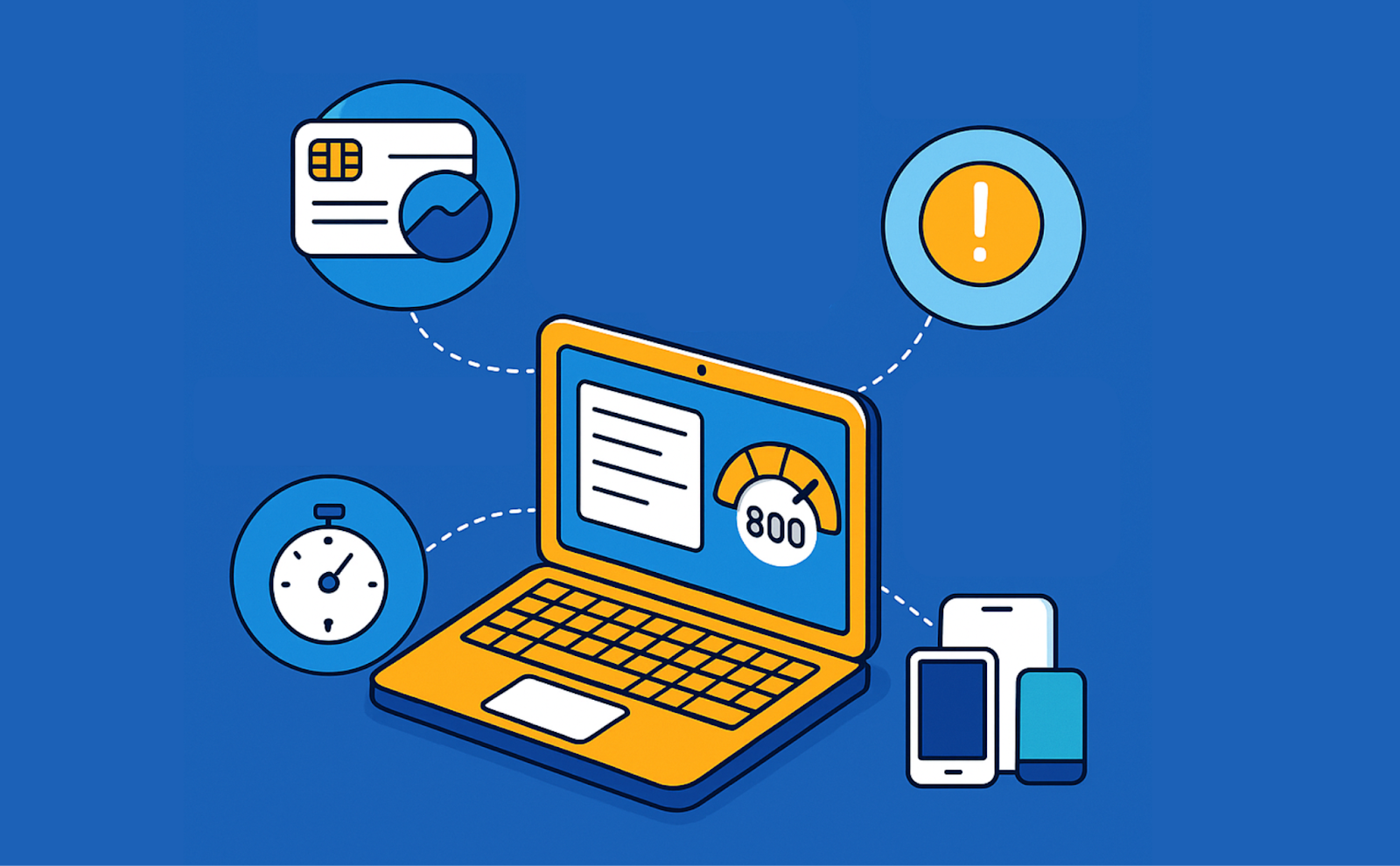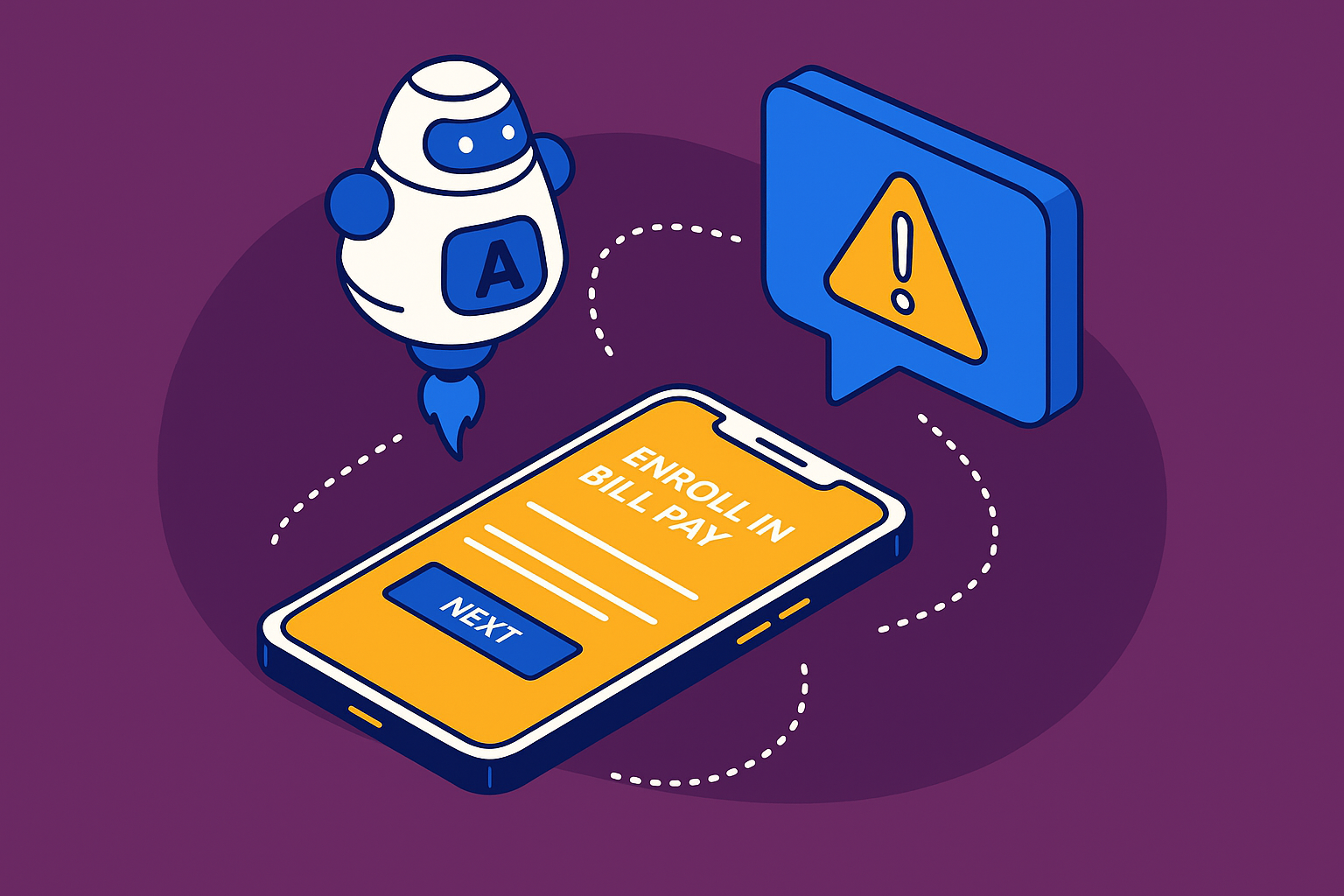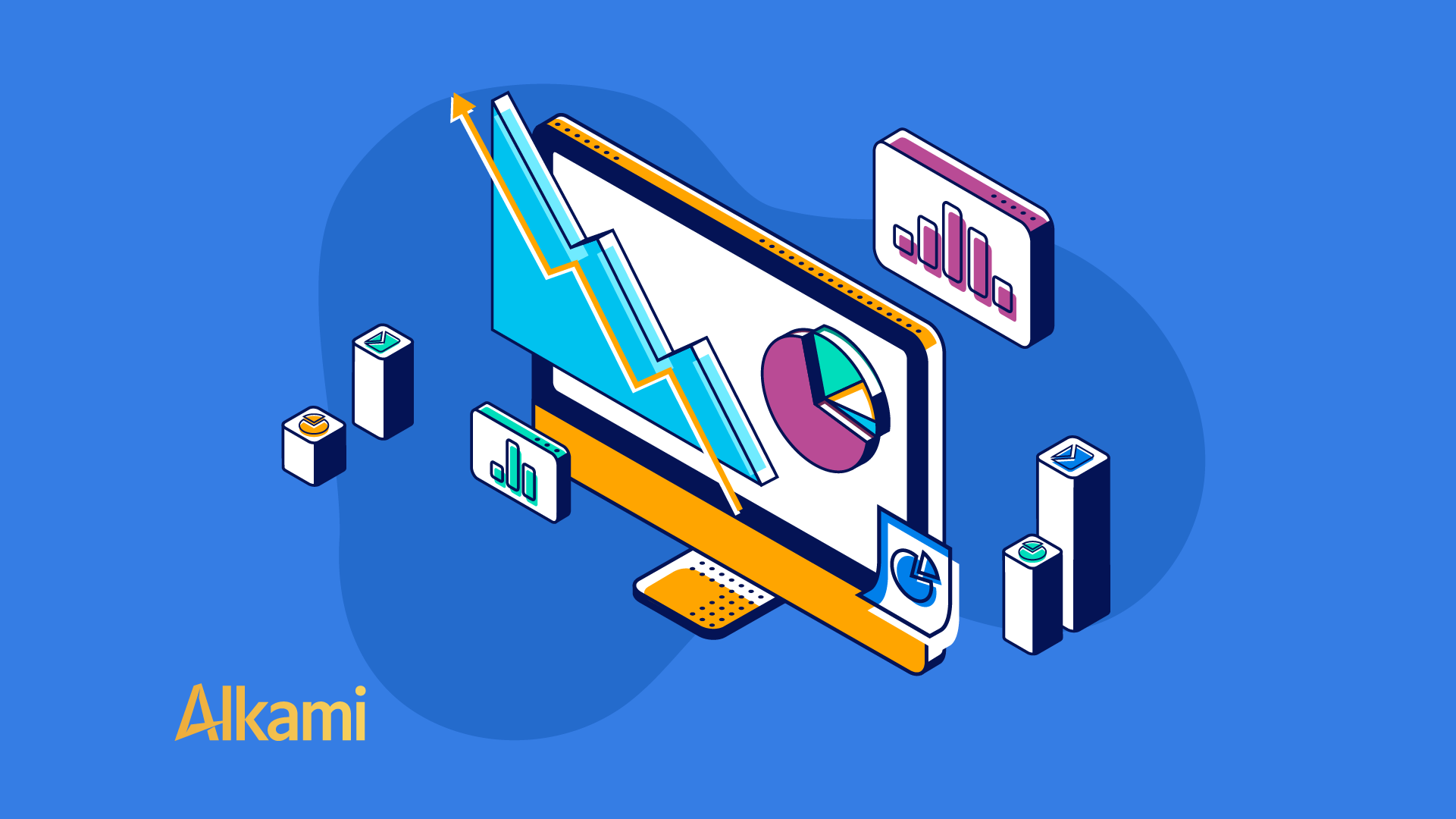Unlocking Insights to Elevate the Digital Banking Experience
To truly understand how users engage with digital banking platforms, financial institutions need more than just static metrics like account balances and transaction histories. They need information on how their users are using the platform: what features they’re interacting with, where they might be getting stuck, and how their behavior changes over time. That’s where operational data becomes so valuable.
Operational data captures the real-time activity that takes place as users move through your digital banking experience. Think logins, feature usage, device types, session lengths, and navigation paths. It’s different from core banking data or marketing metrics because it shows what’s happening in the moment, giving you a clear picture of what’s working and where there’s room to improve.
For digital banking admins, support teams, and anyone responsible for the digital experience, this data is a game changer. It helps you spot issues early, personalize the journey, and make smarter decisions that improve both user satisfaction and operational efficiency. In this blog post, we’ll explore what operational data is, what types exist, and how it can be used to benefit both your end users and your internal teams.
Operational Data 101
Operational data is the digital trail users leave as they move through your online and mobile banking platforms. It’s not about account balances or marketing preferences. Instead, it captures how people actually use the platform, in real time.
You can think of it as the pulse of your digital banking experience. It tracks how often users log in and from which channels, which tools they engage with (like financial wellness or external transfers), how much time they spend on various features, where they encounter errors or abandon tasks, and what devices or browsers they’re using.
All of this adds valuable context. It shows what’s working, what’s not, and where users might be getting stuck, giving your teams the insight they need to improve the experience in meaningful ways that core banking data alone can’t uncover.

What is the Difference Between Operational Data and Operational Insights?
When it comes to digital banking intelligence, it’s important to understand the difference between data and insights.
- Operational data refers to raw, real-time information generated by your digital banking platform. This data is rich with potential, but it is best suited for data scientists or advanced analysts who can interpret and activate it.
- In contrast, operational insights are packaged, easy-to-consume outputs derived from that same data, helping financial institutions quickly identify trends and take action without needing deep technical expertise.
While raw data offers breadth and depth, insights deliver clarity and speed. Both are valuable, but the right fit depends on your institution’s resources and goals. Keep reading for a more in-depth look at operational data, and how it can be utilized within your financial institution to improve frontend and backend experiences.
Types of Operational Data in Digital Banking
Operational data comes in a few key forms, each offering valuable insight into how users interact with your platform:
- User Interaction Data: This shows which features are getting the most use, and which ones might be overlooked. Are users actively managing their cards? Checking their credit scores? This data helps you quickly understand adoption and engagement across your digital tools.
- Session and Navigation Data: By looking at how users move through the platform, you can see where they’re spending the most time and where they tend to drop off. This helps identify points of friction and opportunities to streamline the experience.
- Error and Friction Signals: Operational data can highlight technical issues like failed logins, stalled transfers, or abandoned sessions. With this visibility, your team can spot and resolve problems before users ever pick up the phone.
- Device and Channel Metrics: See which devices and browsers your users rely on most, and whether their experience differs between mobile and desktop. This kind of data can help you troubleshoot issues faster and make more informed design decisions.
How Operational Data Enhances the End User Experience
When banks and credit unions have access to operational data, they can deliver digital experiences that feel more personalized, seamless, and intuitive for account holders. Here’s how it helps:
- Personalization at Scale: By understanding how each user interacts with the platform, admins can tailor homepage layouts, highlight the most relevant features, and present timely alerts or tips based on actual behavior.
- Friction Reduction: If the data shows that users are consistently dropping off at a certain point, like when trying to link an external account, that’s a clear signal to revisit the flow, simplify the process, or add support where it’s needed.
- Smarter Design Decisions: User experience and product teams can use real-time engagement data to guide decisions about what to build next or which areas need improvement, based on how people are actually using the platform, not just assumptions.
- Proactive Communication: When a specific task, like loading a financial wellness widget isn’t working well for users, operational data helps you catch it early. That way, you can reach out with helpful guidance or fixes before it turns into a wave of support calls.

How Operational Data Empowers Admins and Support Staff
Operational data isn’t just valuable for improving the user experience. It’s a powerful tool for helping your internal teams work smarter and more confidently.
Faster Issue Resolution
When support staff can see what a user recently did, like failed logins or incomplete transfers, they don’t have to guess what went wrong. They can jump in with clarity and guide the user through a solution, backed by real context.
Smarter Staffing Decisions
With visibility into peak activity times or features that tend to drive questions, institutions can better plan team coverage and make sure the right support is available when it’s needed most.
Lower Support Volume
If the same errors or points of confusion keep showing up, you can respond proactively. That might mean adjusting how something is worded in the interface, adding in-app guidance, or creating new help content to address it before users ever reach out.
More Responsive Operations
Admins can track trends in real time, keep a pulse on platform performance, and make data-informed decisions without waiting for formal reports. It brings agility to your strategy and helps you stay ahead of user needs.
Texans Credit Union reported an estimated 50-60% time savings while assisting members in call center operations, as a result of using the User Recent Activity Widget within Alkami Operational Data and Insights.

Putting Operational Data into Action
To make the most of operational data, financial institutions need simple, reliable ways to access and visualize it, whether that’s through built-in admin dashboards or integrations with business intelligence tools.
Banks and credit unions must view operational data as more than just a technical capability. They must treat it as a strategic resource that helps shape roadmaps, guide product decisions, improve support processes, and enhance the overall digital experience.
Of course, data privacy and role-based access are essential. However when managed properly, operational data becomes a powerful way to connect with users, respond to their needs, and deliver a digital banking experience that truly resonates.
It offers a clear, real-time view into how people interact with your platform. That visibility allows you to remove friction, personalize features, solve problems faster, and give your teams the insights they need to operate more effectively.
Alkami Operational Data and Insights has given us the proof to prove certain business cases, assumptions made by other departments. We’ve covered a wealth of information within the tool that has guided a lot of operational decisions and internal strategy.
- Andrea Stevenson, Director, Digital Banking, Elevations Credit Union
Whether your goal is to improve the user experience or better support your staff, operational data helps you turn good intentions into meaningful impact.
Ready to unlock the power of operational data? Learn how you can start leveraging this critical source of insight today.










